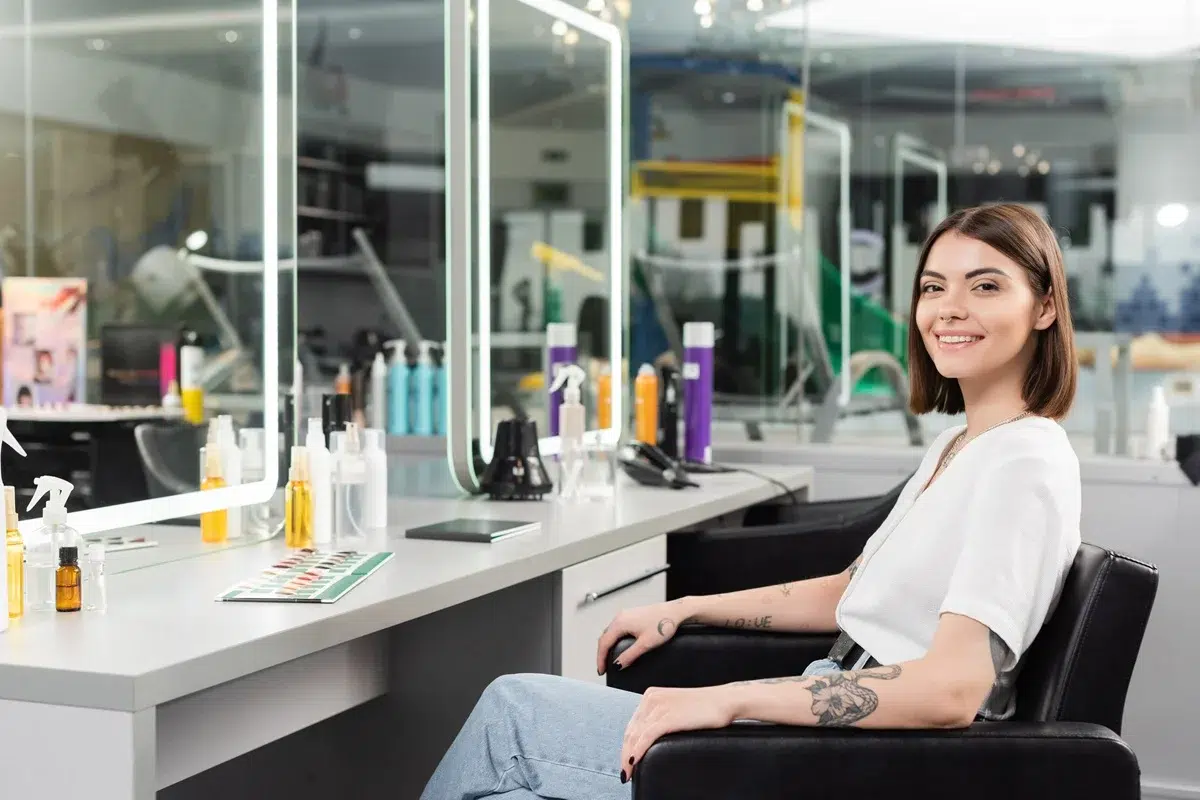By Kanishka Ramchandani | July 29, 2016
In conversation with Sudheer Koneru, CEO, Zenoti, about the company’s first ever Benchmark report that analyses the performance of brands in the beauty and wellness sphere.
Zenoti (the erstwhile ManageMySpa) is a cloud-based business management software for the spa and salon industry, which was founded in 2010 by Sudheer Koneru, Dheeraj Koneru, Anand Arvind, and Saritha Katikaneni. Since its inception the company has established presence in seven countries with over 5,000 customers on board from 853 cities across the globe. Zenoti offers 24/7 customer service, free training and consulting services in addition to the core software. In a first-of-its-kind endeavour Zenoti has prepared the Benchmark report to provide data-driven conclusions about the beauty and wellness industry to the fore, so that domain players can make better and more informed choices. The Report brings to light interesting finds, for example, as the top 10% of spenders at a premium salon, men spend more than women per visit and take more services per visit. We engage Sudheer Koneru in an exclusive tete-a-tete to know more about the Zenoti Benchmark Report.
WHAT WAS THE IDEA BEHIND THE BENCHMARK REPORT?
One of the biggest questions that any business owner has is – how I can grow my business? The Zenoti Benchmark report helps to answer that question. If business owners can track their own business performance across key metrics, and compare that to their peers in the industry, they can define a very clear path to growing their business.
Since we started in 2010, over 5000 spas, salons and med spas have been using Zenoti for managing and growing their business. Because we have such a high volume of clients, we have the opportunity to aggregate the data and find interesting trends.
The data-driven conclusions we bring to the fore allow industry players (including our clients) make better and more informed business decisions. With Zenoti, they can measure their business and the benchmark allows them to compare against industry peers – based on actual performance of thousands of businesses across India.
WHAT WAS THE MOST SURPRISING FINDING OF THE REPORT?
The Zenoti Benchmark reveals several new findings that are contrary to popular beliefs about the spa and salon sector.
Most salons and spas in India operate largely off of walk-ins rather that pre-booked appointments. However, the best performing spas get 3X more in advanced bookings. A planned appointment book helps businesses consistently achieve their daily revenue targets, and boost staff and room utilisation.
Discounting on services is typical in the spa and salon business. However, the Zenoti Benchmark reveals that high performing spas and salons give away the least in discounts. The conclusion to be drawn from this is that discounting without a specific objective is detrimental, and conditions customers to de-value their services, and can reduce the value of future sales.
HOW WILL THE BENCHMARK REPORT HELP SALONS AND SPAS?
The Zenoti Benchmark report provides spas and salons a real, tangible way to measure their business’ performance against their peers. Unlike a survey or expert opinion, the report reveals interesting findings around sales performance, customer behavior and marketing models based on actual performance of thousands of spas and salons across India.
The findings from the report also help them adopt industry- best practices and digital strategies to successfully tap the true potential of this growing sector in the country.
ELABORATE ON THE KEY FINDINGS REGARDING MEN’S SPENDING PATTERNS IN SALONS AND SPAS?
One of our most interesting findings is that men spend more than women per visit, and avail more services per visit in high performing, premium salons. This indicates that there is a niche, high spending men’s category in salons.
Outside of the top performers, women continue to be the highest spending group in premium and luxury salons.
At spas, men spend significantly more on wellness treatments than women. However, the best performing spas tend to have a healthy and even mix of male and female clientele.
HOW MUCH IS THE REPORT INDICATIVE THAT BUSINESSES NEED TO ADOPT TECHNOLOGY TO EXPAND AND TO ACHIEVE SUCCESS?
Today, most spas, salons and medical spas in India compete with larger global brands. Being able to support proven models that have long been adopted in the US, like memberships, series packages, implementing a loyalty points programme, and selling gift cards is made manageable through the use of technology.
The report outlines how the application of world class models, cloud-based solutions and mobile marketing strategies can help enhance ROI in the current technology-driven business ecosystem.
Besides revealing interesting trends, the report also highlights the urgent need for spas and salons to adopt the right tools and technologies to assess areas of improvement and deploy targeted initiatives to help improve business performance in a more methodical manner.
WHAT KIND OF DIFFERENCES DID YOU NOTICE IN THE SALES PERFORMANCE OF LUXURY SALONS VIS-Á-VIS PREMIUM ONES?
While most in the salon industry accept that the business follows seasonal trends, we’ve found that high performing luxury salons are best at leveraging the festive seasons when compared to other groups in luxury salons and premium salons. While there may be different reasons for this, the data shows that Year-Over-Year growth in the industry prevents a steep sales dive in months following the festive months.
Secondly, while luxury salons on an average bring in more sales per month, their sales performance per service provider is lower than a premium salon. This is because luxury salons have lower staff utilisation than premium salons. They either have more staff or leverage part-time specialized staff, as compared to a premium salon.
Lastly, retail sales, which is a critical component of a healthy sales mix for salons also shows an interesting trend. A majority of the premium salons have outperformed luxury salons in retail product sales.
WHAT IS THE PROGRESS CHART OF THE SPA BUSINESS LIKE?
Wellness in general has and continues to gain popularity in the mainstream, and is now almost a part of one’s overall lifestyle. Earlier considered a luxury, visiting a spa has now become more of a routine exercise than an extravagance. Greater awareness around wellness, rise in disposable income among the middle class population, and the rising demands from consumers, are all resulting in a positive growth trajectory for the spa businesses. As the spa business matures, we’re also seeing heightened levels of specialization and cross-disciplinary focus in spas.
HOW CAN INDUSTRY PEOPLE ACQUIRE THE REPORT?
The 2016 Zenoti Benchmark can be acquired by attending the 2016 user conference ‘Power Up’. All other enquiries can be sent to [email protected].
FACTS BASED ON THE REPORT:
- Cities that are speedily evolving in terms of sales
We’ve seen growth in Tier II cities in the recent past – both in terms of growth in the number of spas and salons, and their adoption of technology. We’ve also engaged with several businesses in Tier II cities like Pune, Chandigarh, Ahmedabad and Coimbatore. - Services that garner maximum demand
Determining the most popular services was not a primary goal for the report. We do see that spas see lower volume of traffic but higher per visit spend on average than salons.











